WHS and Work-Related Stress: Legal and Management Analysis Report
VerifiedAdded on 2020/07/22
|5
|798
|120
Report
AI Summary
This report examines work-related stress within the context of Workplace Health and Safety (WHS) regulations. It defines work-related stress as a hazard under the OHS Act, leading to potential mental, physical, and emotional health risks for employees. The report emphasizes employer responsibilities under WHS legislation, including establishing communication channels, providing supportive responses, and implementing effective policies to manage and mitigate stress. It also addresses workplace bullying as a form of stress hazard, detailing its impact on employees and the organization. Furthermore, the report discusses workers' compensation for work-related stress, outlining the conditions under which employees are eligible for compensation. The report references several studies and articles to support its claims, providing a comprehensive overview of work-related stress and its management in the workplace.
1 out of 5
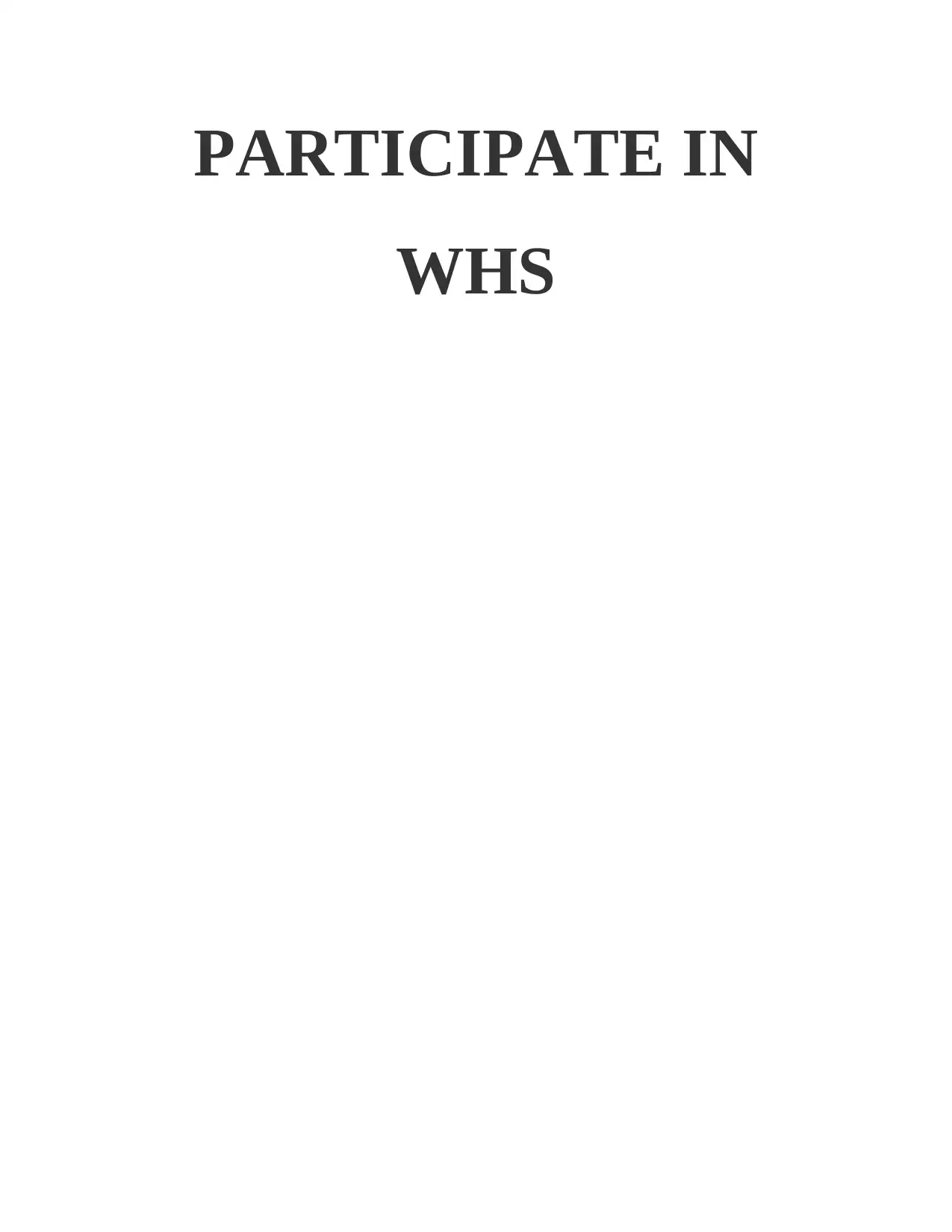
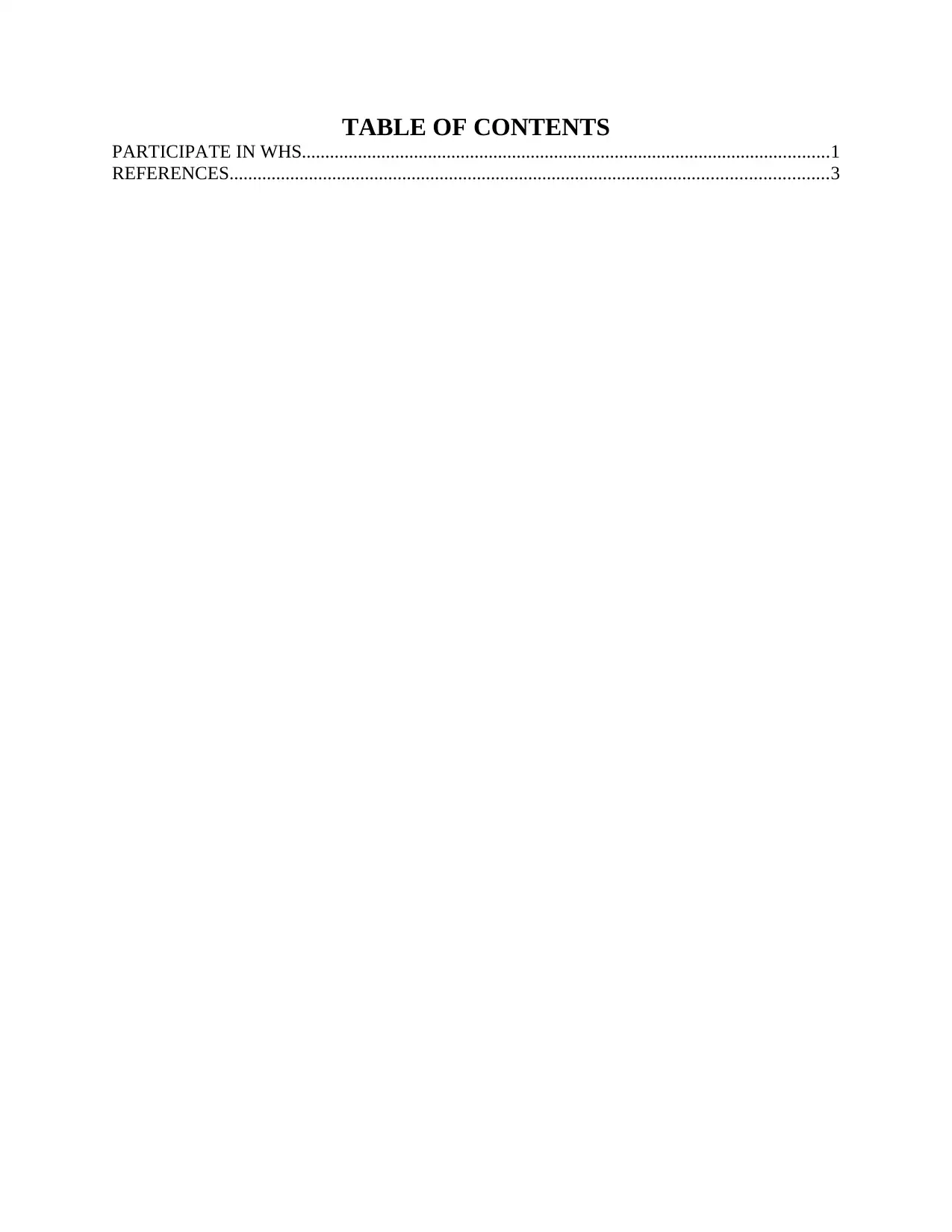
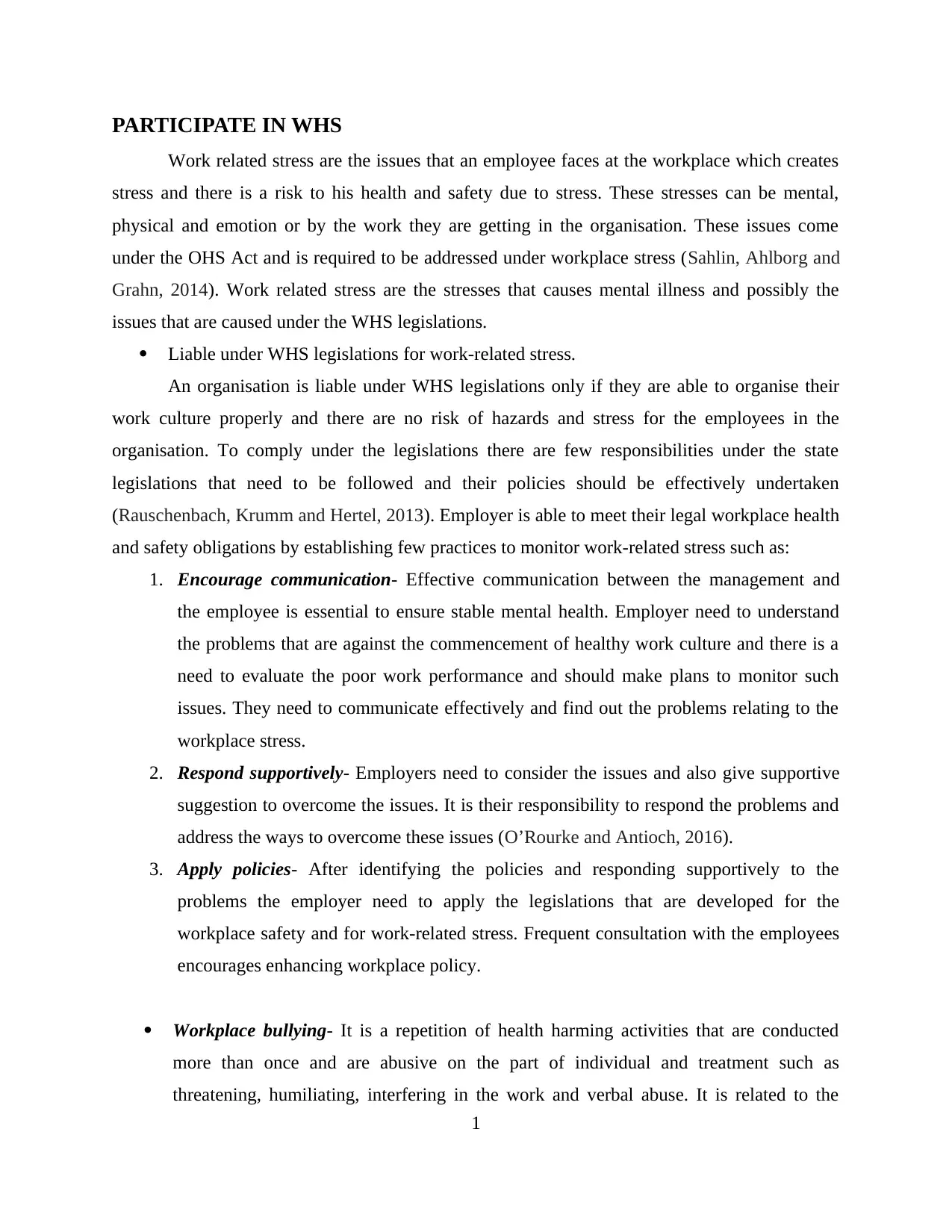

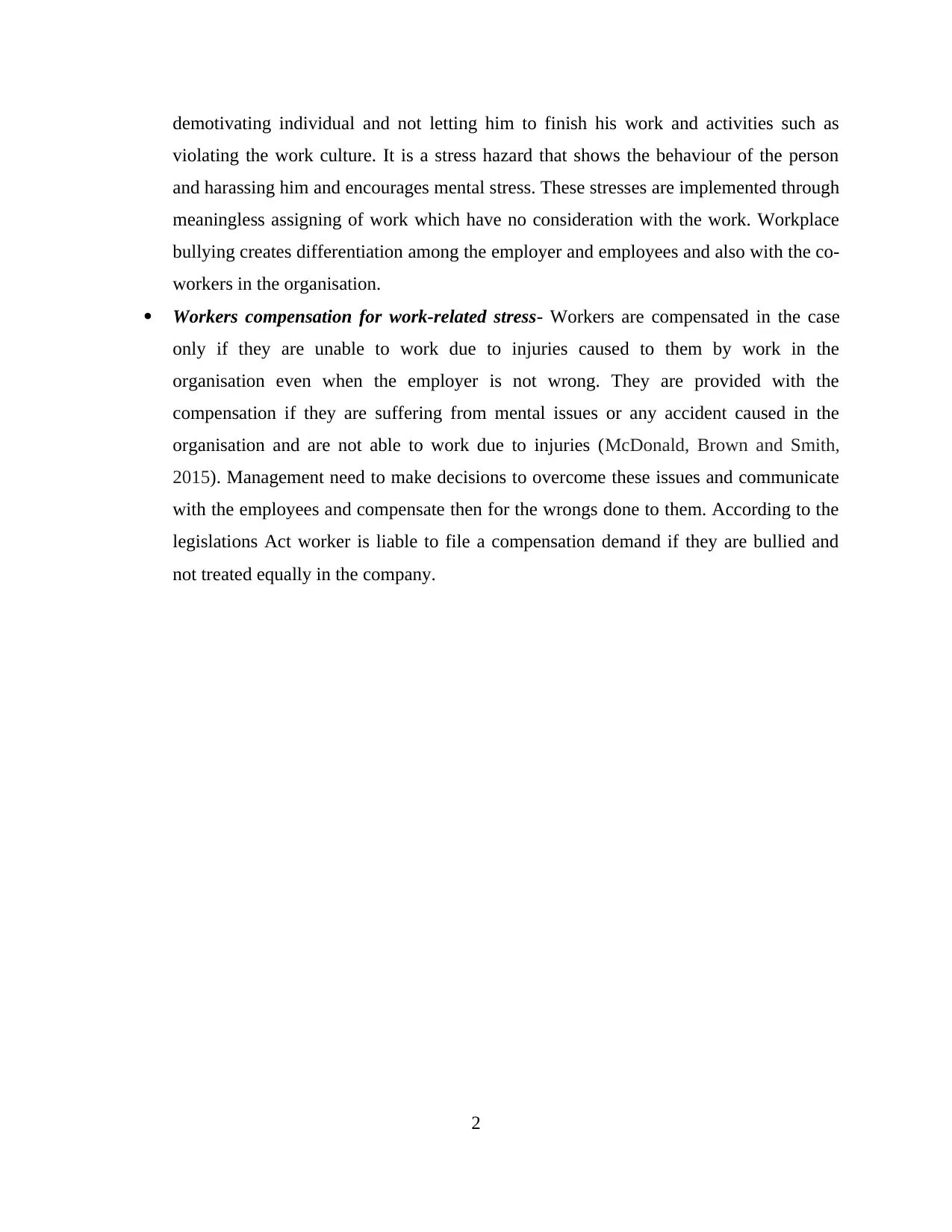
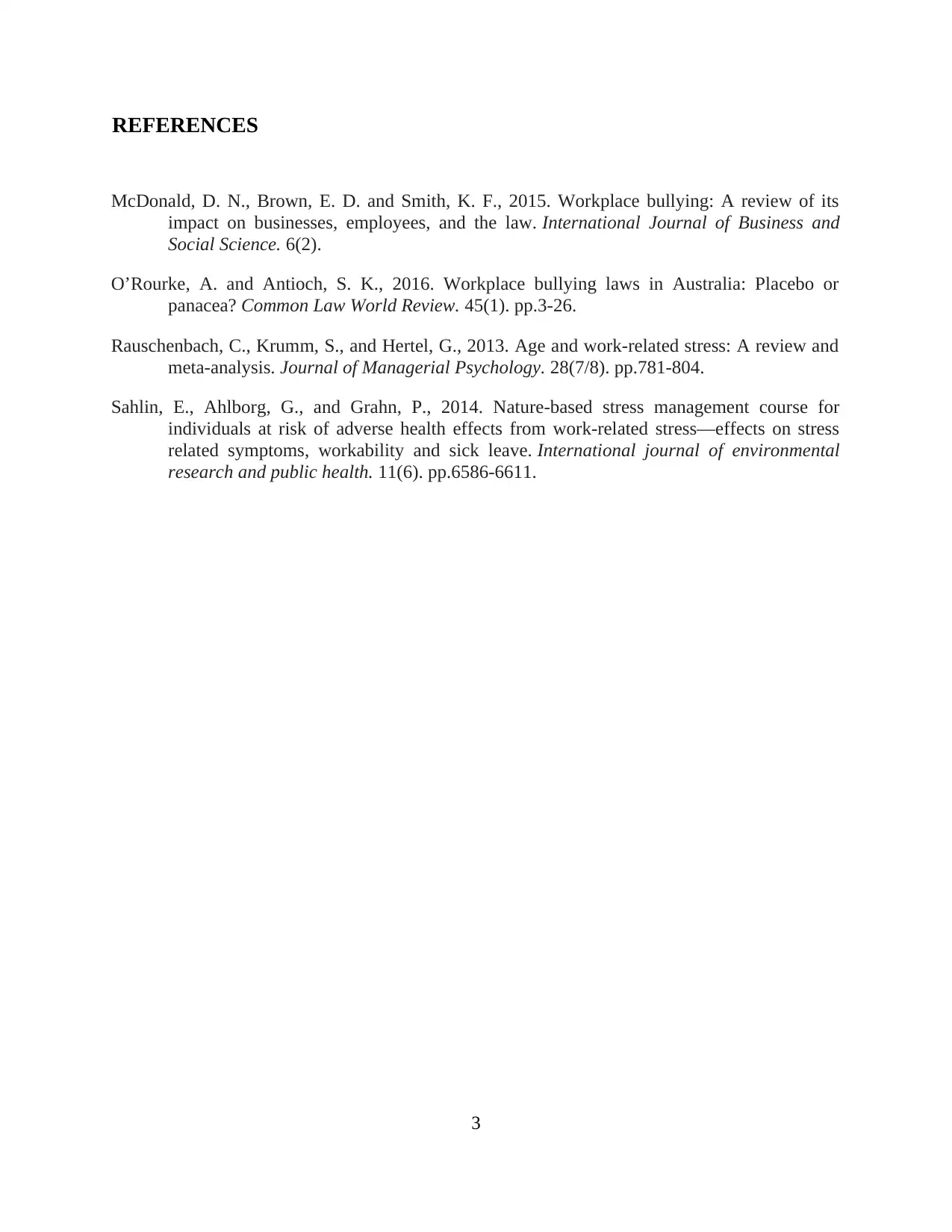






![[object Object]](/_next/static/media/star-bottom.7253800d.svg)